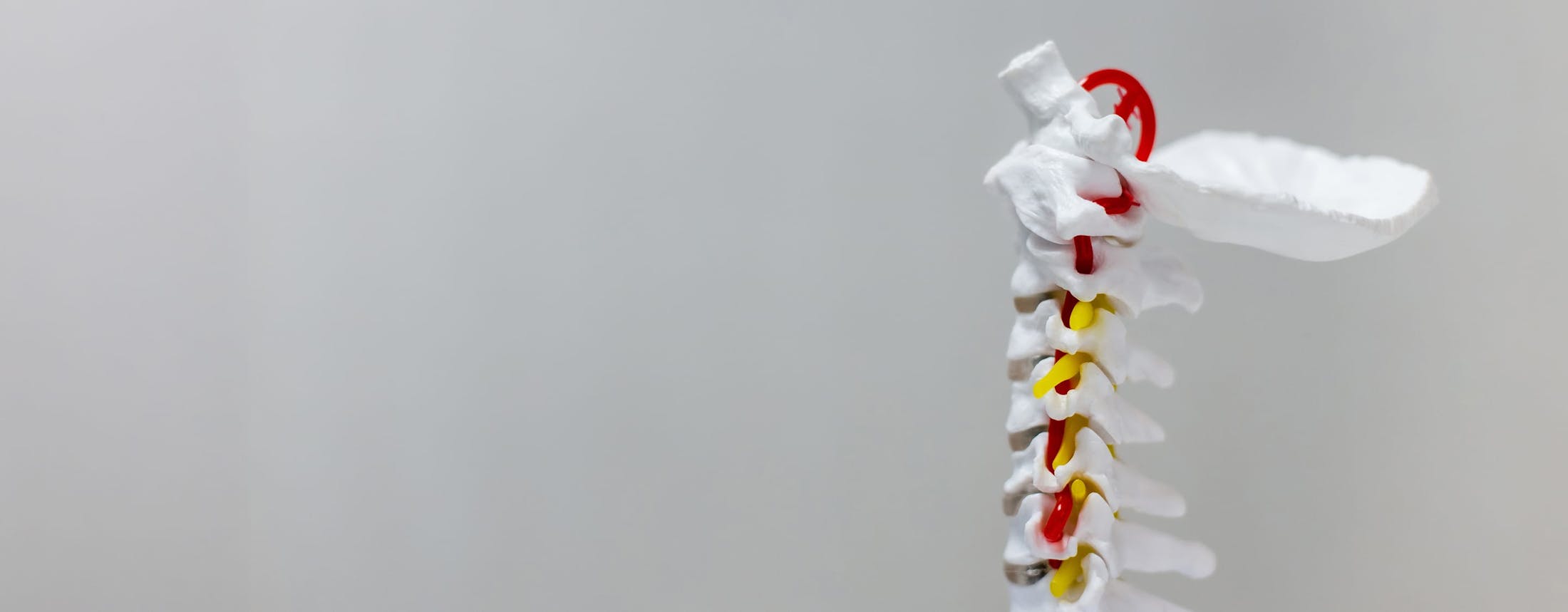Osteoporosis is a condition that causes the bones to become weak and brittle, making them more susceptible to fractures and breaks. It often develops silently over many years and can lead to significant health complications. Understanding osteoporosis and its impact on the body is crucial for managing the condition and preventing bone fractures.
Symptoms of Osteoporosis
Osteoporosis is often referred to as a "silent disease" because it may not cause symptoms until a bone fracture occurs. However, as the disease progresses, some common signs and symptoms include:
- Fractures from Minor Falls or Injuries: The most common fractures related to osteoporosis occur in the hip, spine, and wrist.
- Back Pain: Compression fractures in the spine can lead to significant back pain, which may worsen over time.
- Loss of Height: As the vertebrae weaken and collapse, individuals with osteoporosis may experience a gradual loss of height.
- Stooped Posture: A curved or hunched back, often due to spinal fractures, is a common physical manifestation of osteoporosis.
- Brittle Nails: Weakened bones can be a sign of a lack of bone mineral density, which may also affect nails.





